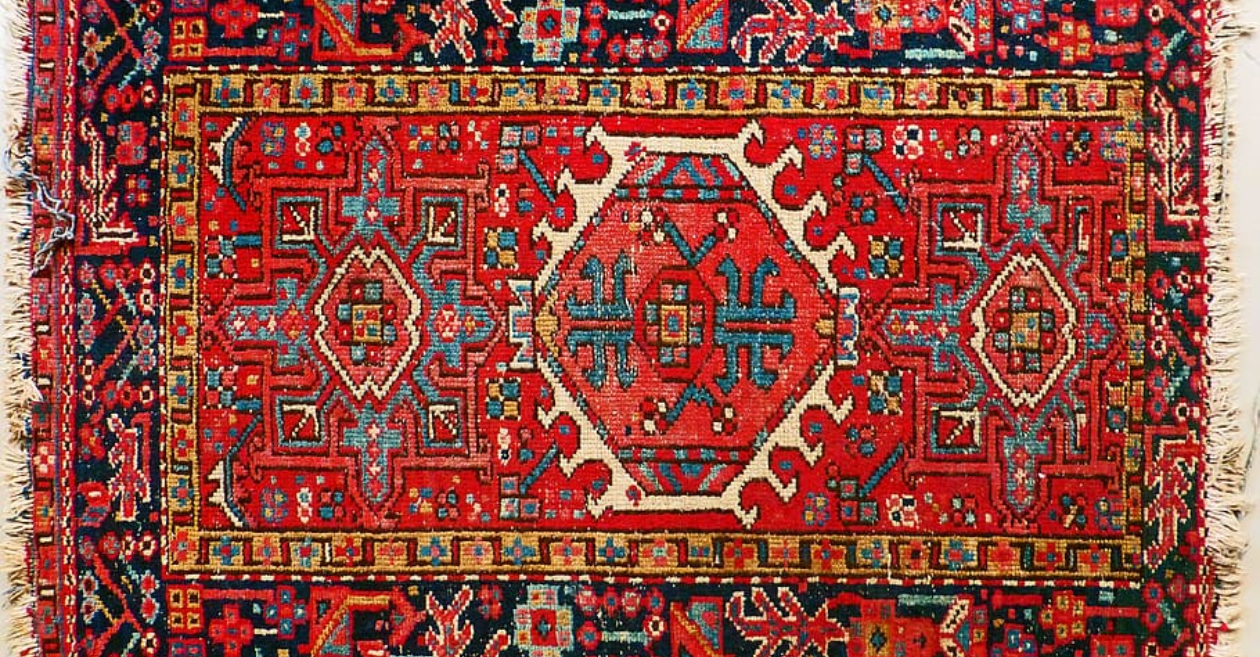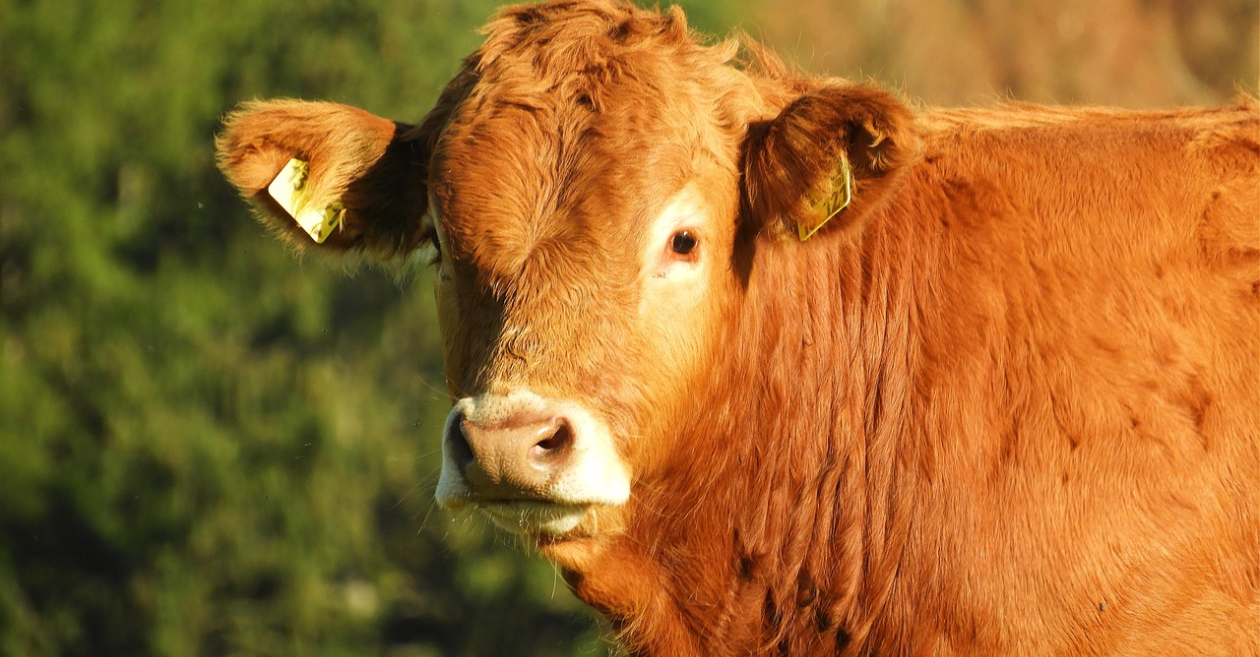


In the rich tapestry of world culture, Oriental rugs stand as timeless masterpieces, weaving together history, craftsmanship, and tradition. But what exactly is considered an Oriental rug, and why do these exquisite pieces captivate admirers worldwide? Let's embark on a journey to explore the intricate threads that define these rugs and discover the secrets beneath their ornate patterns.
Oriental rugs trace their roots back to the cradle of civilization in ancient Asia. Originating from regions like Persia, Turkey, China, and India, these rugs have been crafted for centuries, each bearing the unique cultural imprint of its place of origin. The meticulous artistry and attention to detail make Oriental rugs an embodiment of the skilled hands and creative minds that have passed down their craft through generations.
Understanding what distinguishes an Oriental rug is crucial for appreciating its true essence. Here are some key characteristics that define these timeless treasures:
Material Excellence:
Oriental rugs are primarily crafted from natural fibers like wool or silk, ensuring durability and a luxurious feel underfoot.
Hand-Knotted Mastery:
The labor-intensive process of hand-knotting threads to create intricate patterns is a hallmark of Oriental rug craftsmanship. Each rug is a labor of love, with weavers devoting countless hours to perfecting their art.
Traditional Motifs:
Oriental rugs often feature traditional motifs such as floral patterns, geometric shapes, and symbolic designs, reflecting the cultural heritage of their place of origin.
Rich Color Palette:
Vibrant, bold colors characterize Oriental rugs, with natural dyes derived from plants and minerals. The color combinations are carefully chosen to create a harmonious and visually striking aesthetic.
While the term "Oriental rug" is widely used, it's essential to distinguish these exquisite creations from other types of rugs. A handy comparison table can help illustrate the unique features that set Oriental rugs apart:
| Feature | Oriental Rug | Other Rugs |
| Crafting Technique | Hand-Knotted | Machine-Woven, Tufted |
| Materials | Natural Fibers (Wool, Silk) | Synthetic Fibers (Nylon, Polyester) |
| Origin | Asia (Persia, Turkey, etc.) | Varied (Europe, Americas, etc.) |
| Design Elements | Traditional Motifs | Varied (Modern, Abstract, etc.) |
Oriental rugs are not merely floor coverings; they are investments that appreciate over time. As we delve into the world of Oriental rug values, a comparative table can shed light on the price dynamics and factors influencing their worth:
| Factor | Oriental Rug | Other Rugs |
| Craftsmanship | Handmade, Labor-Intensive | Mass-Produced |
| Materials | Natural, High-Quality Fibers | Synthetic, Lower-Quality Materials |
| Resale Value | Appreciates Over Time | Depreciates |
| Cultural Significance | Rich Heritage and Tradition | Varied |
In the realm of interior design, an Oriental rug isn't just a piece of decor; it's a testament to the artistry of ancient civilizations. By understanding the origins, characteristics, and value proposition of these rugs, we gain a deeper appreciation for the cultural tapestry they represent. So, the next time you walk across an Oriental rug, remember that beneath your feet lies a masterpiece woven with the threads of history and tradition.
Oriental rugs are handcrafted masterpieces originating from regions like Persia, Turkey, China, and India. They are characterized by meticulous hand-knotting techniques, the use of natural fibers such as wool or silk, and traditional motifs reflecting the cultural heritage of their place of origin.
Oriental rugs stand out through their hand-knotted craftsmanship, natural fiber materials, and traditional design elements. In contrast, other rugs may be machine-woven, use synthetic fibers, and feature a variety of designs ranging from modern to abstract.
Oriental rugs are investments due to their handmade, labor-intensive craftsmanship, high-quality natural fibers, and cultural significance. Unlike mass-produced rugs, Oriental rugs appreciate in value over time, making them a wise choice for those seeking both aesthetic beauty and long-term value.
The value of an Oriental rug is influenced by factors such as craftsmanship, materials used, resale value, and cultural significance. Handmade rugs, crafted with natural fibers, tend to appreciate over time, making them a valuable addition to any collection.
Yes, Oriental rugs are versatile and can complement both traditional and modern interiors. While they feature traditional motifs, their rich color palette and timeless designs make them adaptable to various decorating styles, adding a touch of elegance and history to contemporary spaces.

In life's speedy lane, some zoom towa

In the world of houses and buying and

SUSE Linux, a standout in the operati

Limousin cattle, often referred to as

The Body Shop isn't just a brand; it'
Trash to treasure: How Google thinks
Spring Fashion Show at the University
Matter of Impact: April updates from
Android Enterprise security delivers
We are not gonna make spamming
Copyright By@TheWebTrends - 2023
BACK TO TOP